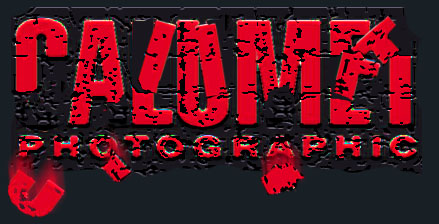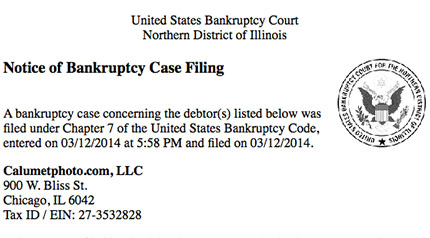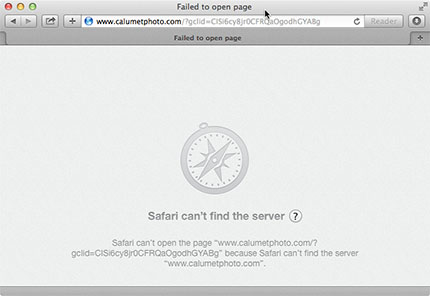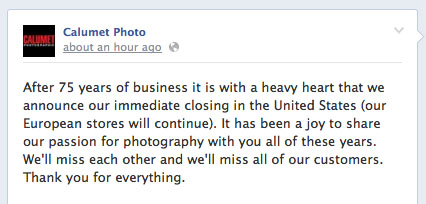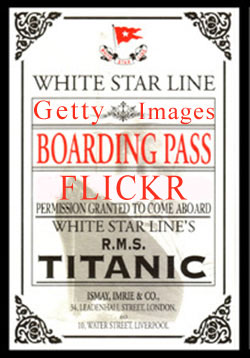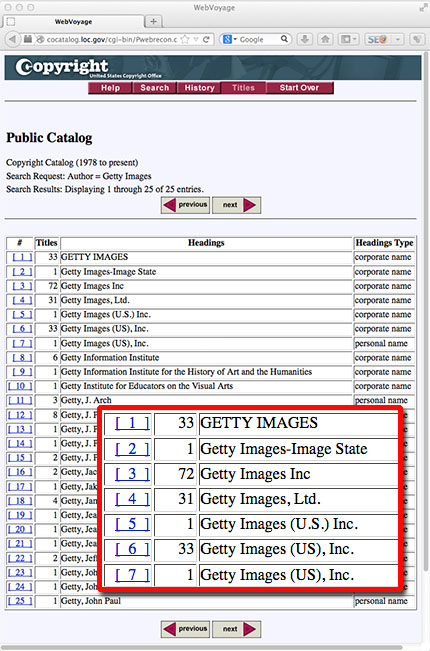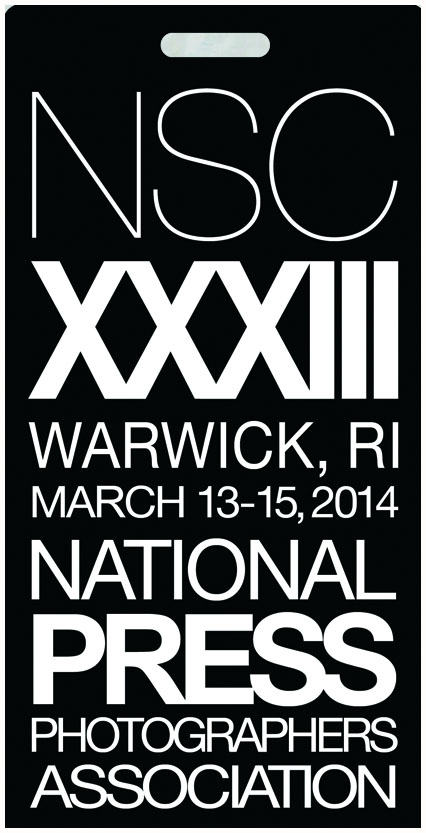The Pathetic and Paltry Time Magazine Assignment Rate & Rights Grabs
What's good for the goose is clearly not good for the gander. "Purchase" is not "license." According to Time's own website (here) " We license Time Inc.’s peerless content, brands and products to partners in new businesses and emerging markets."
| DEFINITION: Peerless |
|---|
| adjective 1. having no equal; matchless; unrivaled. Synonyms: unmatched, unequaled; unique, unsurpassed. * source: Peerless, at Dictionary.com |
Yet, that "peerless content" which Time wants contributors to produce is not something that they are purchasing like a computer or plane ticket. The software they pay a fee to license from Microsoft and Adobe, while seemingly purchased, is not, it's licensed. They may have "purchased" a physical CD of the software, but they do not have ownership of the software to use across multiple platforms unless they obtain a broader license to the work, and pay an appropriate additional fee.
As reported in PDN Pulse (here), Karen Myers, who is Time's UK’s Director of Corporate Communications, said “...Contributors need to bear in mind that commercial realities dictate that we will be using the content that we purchase in many different ways..." yet Time's website Terms & Conditions (here) make it abundantly clear (regarding the intellectual property on their website) they "own, solely and exclusively, all rights, title and interest in and to the Web Site, all the content (including, for example, audio, photographs, illustrations, graphics, other visuals, video, copy, text, software, titles, Shockwave files, etc.)."
Time UK has been, and it will remain, licensing content from contributors. They will not be "purchasing" ownership of it any more than I can take that Norman Rockwell I want to buy and (once I do) make posters and lithographs off of it. Yet that is what Time UK (and as has been suggested by others, this is a trial balloon for US contracts) wants to do.
This smacks of what occurred in the late 1990's, when Time unceremoniously foisted upon contractors, contributors, and freelancers, a new egregious contract. Many of the seasoned team of photographers, stood their ground and refused to sign, only to be replaced by those who looked up to them as standard bearers - "peerless" photographers, to coin Time's characterization. The "new team" stepped in to fill the void, crumbling what ground those photographers were standing on. You can, no doubt, see those who were undercut by the newcomers sitting back and saying "what goes around comes around..." and not missing a wink of sleep as the downward spiral continues.
How Far Down Is That Spiral Going?
In 1980, the Time Magazine contract indicated a rate of $350, and in about 1990 it was $450. In 2000 and on through to about 2011, it's $500. It's about $550 in 2014.
In 1980, $350 was worth, well, let's set that as the baseline, and say $350 is worth $350.
Would the 1980 photographers taken an assignment for the "Peerless" Time Magazine for $191? No, they would not.
Here's how Time Inc's (NYSE: TIME) assignment rates have worked, throughout the years.
First is the middle line, which tracks the rate as paid. The top line is the rate had it kept up with inflation alone. The bottom line is the buying power of that rate, over time.
How did we arrive at these numbers? The US Department of Labor has a calculator (here) that allows you to compare buying power, over time. It's a fact that essentially everything increases in cost over time. That loaf of bread in 1980 was about $0.50 and now it's $1.50. Gas? Of course - more expensive too. As such, your ability to buy something has been reduced, over time, unless you get a "cost of living adjustment" in your income stream.
If Time were paying an assignment rate of $1,000.00 it would have just kept up with inflation relative to their previous $350 assignment rate from 1980.
Has their per-page ad rate gone up? Yes.
Have their employees received cost-of-living salary increases? Yes.
Where is the equity in paying those that produce that peerless content that brings in readers? Absent.
Know that if you're a photographer now that accepted the $500 back 10-15 years or so ago (when it should have been about $750), you were undermining the photographers who tried to take a stand for better pay then. Now, when you try to take a stand, make no mistake about it, there will be photographers who will fill the void, and you can join the ranks of past Time Magazine contributors saying "what goes around, comes around - trust me, I have experienced the financial pain that proves it."
You either stand together, or fail separately. Your choice.
---------------- Related: The REAL 'New Frugality'-Time Style, 7/25/09Please post your comments by clicking the link below. If you've got questions, please pose them in our Photo Business Forum Flickr Group Discussion Threads.






